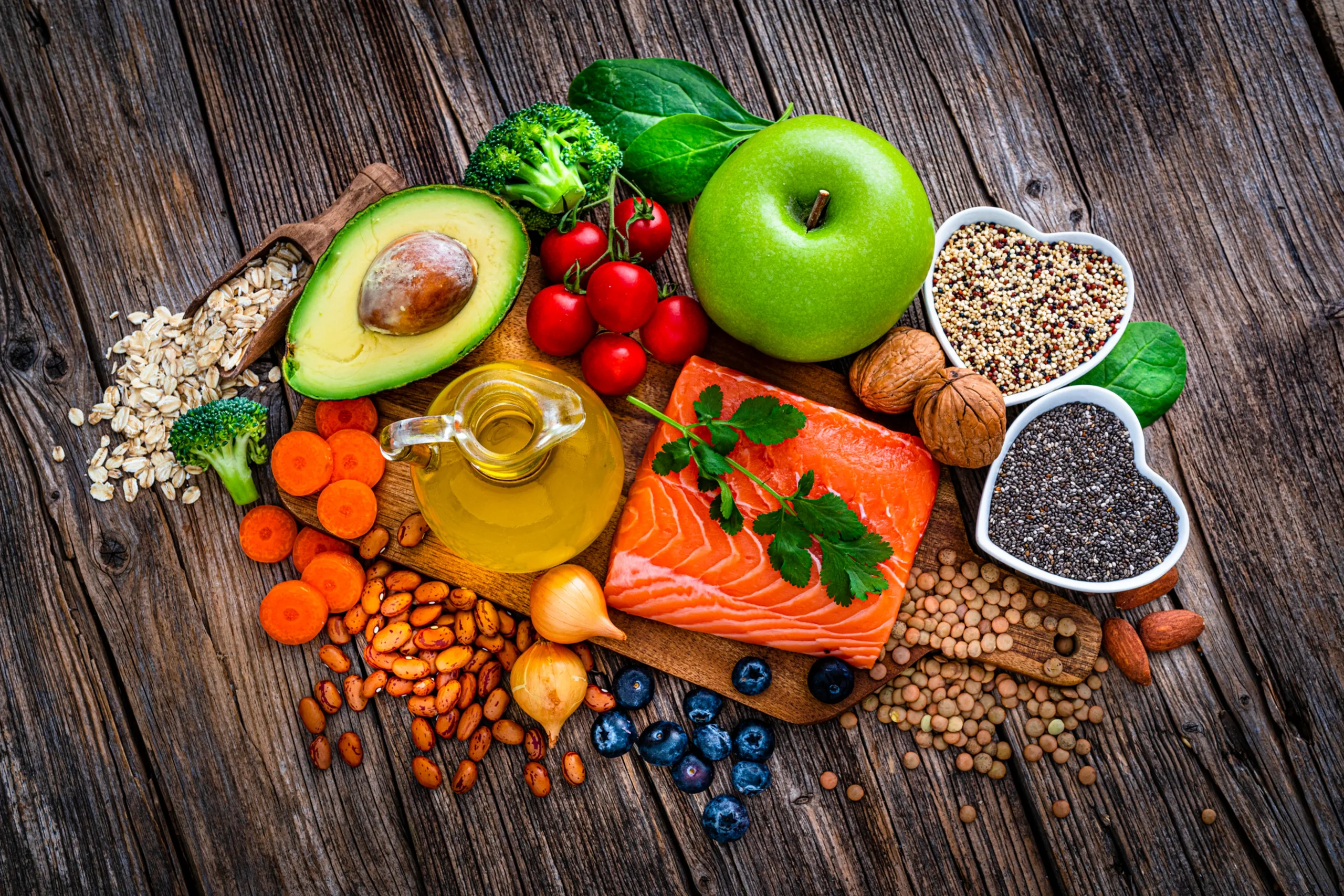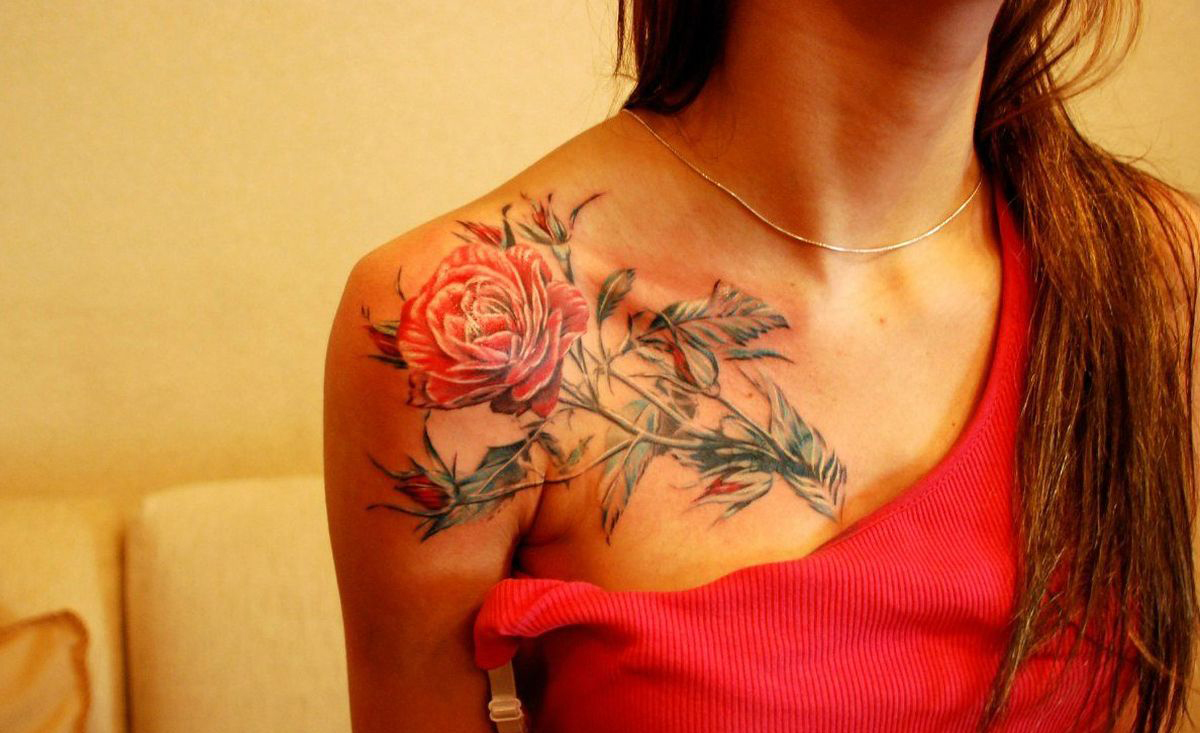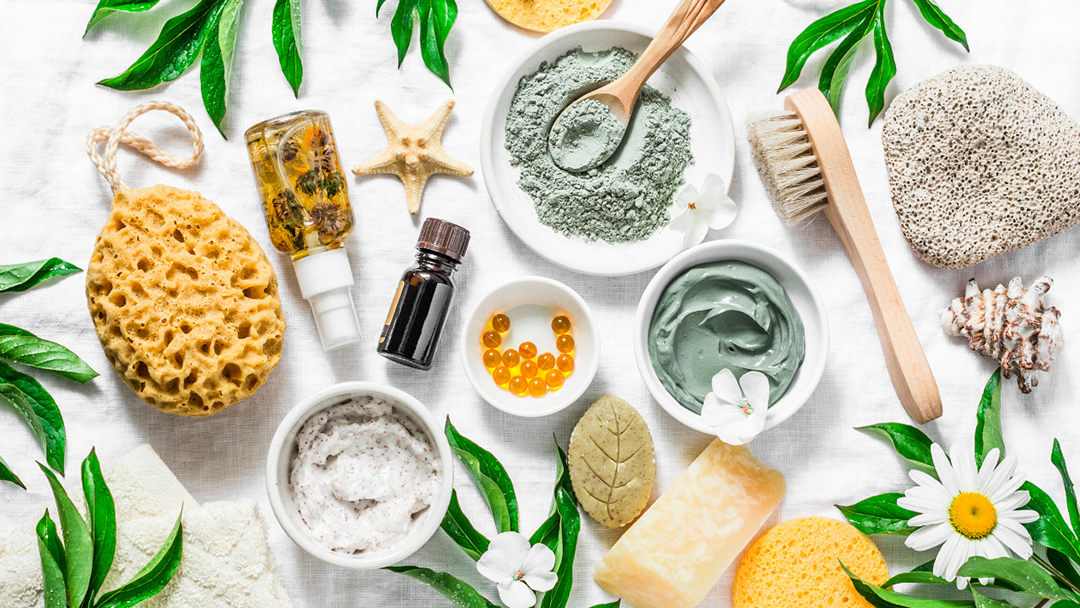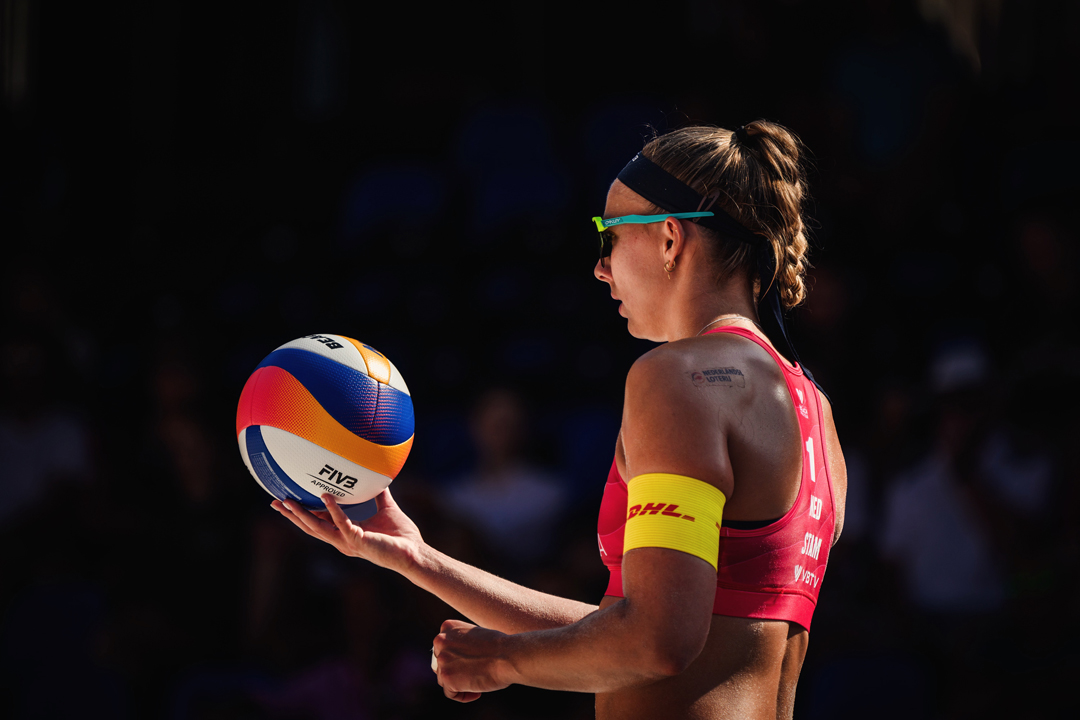The truth on its side effects as shortage panic kicks in
Has anyone else noticed… that things are looking pretty green of late? It seems that matcha, a type of green tea, in all its various forms (be it an iced latte from Blank Street to an infused doughnut or a homemade recipe on TikTok) is everywhere. So much so, there is even rumoured panic about a shortage of the green tea in some popular chain stores, including (according to one distressed Reddit thread) some Starbucks cafés.
This shortage is something that experts are warning could become a bigger problem when Trump’s now-infamous tariffs fully kick in and due to Japan – where matcha originates – struggling with intense heat that is damaging some crops. Plus demand for matcha globally has soared 7% in the last year alone and according to data from Grand View Research, the market is set to be worth over $7 billion (£5 billion) by 2030.
But where has all this hype around the Japanese green tea suddenly come from? And is its cult status as a wellness ingredient that’s better for you than coffee actually legitimate? We asked two experts in the matcha field for the full truth on our newfound obsession…
Where has the matcha trend come from?
The steadily rising interest in Japan as a tourist destination over the last few years certainly has something to do with it, along with matcha itself being so gosh darn aesthetically pleasing – which lends itself well to social content. Plus, we’re living in a world where wellness is more of a priority than ever, leading us to seek out healthier ingredients.
Rania Salman, a registered dietitian and nutritionist verified on Doctify, a healthcare review platform, feels matcha’s links to wellness are a big draw too. “People are looking for natural ways to boost their health and wellbeing, and [matcha’s] striking green colour and links to traditional Japanese tea ceremonies add to its appeal,” she explains. “Plus, it’s incredibly versatile, from lattes to smoothies and even baking.”
It’s not just a phase either, according to Olivia Minicucci, MS, RD, Dietician at popular matcha brand PerfectTed that launched in 2021, “Matcha isn’t a passing fad. It’s a habit-forming ingredient that delivers tangible benefits people can feel and as consumers prioritise clean, functional drinks over quick, synthetic fixes, its place in everyday life will only continue to grow.” Their products are now stocked in the likes of Joe & the Juice and Black Sheep.
Is there really a matcha shortage right now?
For some brands and outlets, unfortunately the answer is yes. “Recent months have seen major shortages of ceremonial-grade matcha, resulting in widespread supply issues and the largest price increase in matcha’s history,” reveals Minicucci, who adds that luckily PerfectTed has remained largely unaffected.
Teddie Levenfiche, the brand’s co-founder adds, “Matcha supply constraints have been challenging, but we’ve been able to maintain consistent supply thanks to our efforts in building the strongest matcha supply chain in the world – rooted in long-standing relationships with our farmers and continued investment in strengthening our network.”
What’s the difference between ceremonial and culinary matcha?
Not just delicious and pleasing to look at, matcha brings with it a whole new set of words, with many touting ‘ceremonial grade’ as the best option for drinks. But, err, what the heck actually is that?
Salman explains that it’s all to do with the age of the tea leaves. “Ceremonial grade matcha is made from the youngest, most tender tea leaves. It’s finely ground to a smooth powder with a vibrant green colour and a subtle, sweet umami flavour. This type is meant to be whisked with water and enjoyed on its own,” the expert notes, whereas culinary grade is derived from older leaves, with a stronger and more bitter taste.
As the descriptor ‘culinary grade’ unsurprisingly notes, this type of matcha is better suited to baking (matcha cookies, anyone?). “While it’s more affordable, it doesn’t quite match the delicate flavour or the quality of nutrients found in ceremonial grade matcha,” Salman says.
Ceremonial grade also tends to be sourced more sustainably, so if that’s important to you, this is something to keep in mind – however, there’s a real lack of regulation in the space, details Minicucci. “Ceremonial grade might sound like a fixed standard – but the truth is, there’s no global regulation around what qualifies. Any brand can put it on a label, whether or not their matcha meets the benchmarks that experts actually use to assess quality. That’s why it’s so important to shop with trusted brands.”
Is matcha better than coffee?
‘Better’ is a pretty subjective word, admittedly, so it depends what you’re looking for in a beverage. Much like coffee, matcha contains caffeine so it’ll still put a pep in your step, but unlike coffee, it’s less likely to cause jitters or an anxiety spike if you consume too much.
Minicucci explains, “Matcha and coffee work in different ways due to their distinct caffeine profiles and other compounds. When it comes to caffeinated release, the caffeine in coffee is absorbed quickly, leading to a fast, often intense spike, followed by a potential ‘crash’ when its effects wear off.
“A standard cup of coffee contains around 95mg of caffeine. Matcha, on the other hand, contains less caffeine per serving (about 60mg per cup), but the caffeination it provides tends to be more sustained and gradual due to the presence of L-theanine, an amino acid that promotes relaxation without drowsiness.”
Salman adds that matcha is also rich in antioxidants “which support cell health and may help reduce stress.”
On the other end of the spectrum (and in defence of flat whites the world over), coffee has its own great antioxidants that are linked to reduced risks of conditions like Parkinson’s disease and type 2 diabetes, Salman shares. “Ultimately, whether matcha or coffee is better comes down to your personal caffeine tolerance, which effects you want, and your taste preferences.”
What does hot water do to matcha?
Jennifer Savin is Cosmopolitan UK’s multiple award-winning Features Editor, who was crowned Digital Journalist of the Year for her work tackling the issues most important to young women. She regularly covers breaking news, cultural trends, health, the royals and more, using her esteemed connections to access the best experts along the way. She’s grilled everyone from high-profile politicians to A-list celebrities, and has sensitively interviewed hundreds of people about their real life stories. In addition to this, Jennifer is widely known for her own undercover investigations and campaign work, which includes successfully petitioning the government for change around topics like abortion rights and image-based sexual abuse. Jennifer is also a published author, documentary consultant (helping to create BBC’s Deepfake Porn: Could You Be Next?) and a patron for Y.E.S. (a youth services charity). Alongside Cosmopolitan, Jennifer has written for The Times, Women’s Health, ELLE and numerous other publications, appeared on podcasts, and spoken on (and hosted) panels for the Women of the World Festival, the University of Manchester and more. In her spare time, Jennifer is a big fan of lipstick, leopard print and over-ordering at dinner. Follow Jennifer on Instagram, X or LinkedIn.
Share this article:















